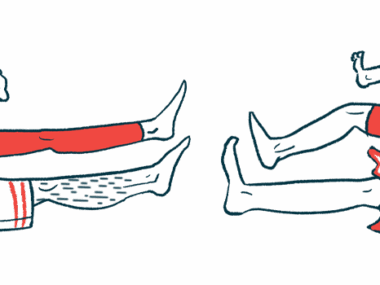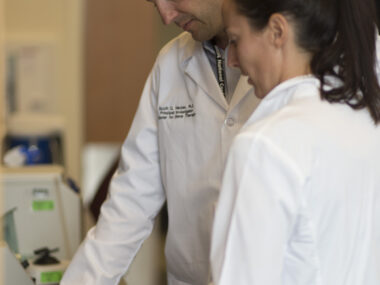Oryzon and CMTRF Join Forces to Develop HDAC6 Inhibitors for CMT
Blocking HDAC6 has shown potential as a way to restore myelin formation
Written by |

The CMT Research Foundation (CMTRF) is teaming up with Oryzon Genomics to conduct preclinical testing of treatments that Oryzon is developing for Charcot-Marie-Tooth disease (CMT).
“We are excited to collaborate with Oryzon on this important project,” Cleary Simpson, CEO of the foundation, said in a press release. “People with CMT currently have no effective treatments or cures, and we believe this project has the potential to change that for millions of families.”
Oryzon is developing treatments that block the histone deacetylase 6 (HDAC6) enzyme, which belongs to a class of proteins that modulate cellular activity via a process called deacetylation. In deacetylation, a chemical motif called an acetyl group is removed from a protein to change the protein’s function. HDAC6 is known to participate in a number of processes within cells, such as response to cellular stress and inflammation.
Blocking HDAC6 has shown potential as a way to restore myelin formation — a fatty substance that surrounds and protects nerve cells — in CMT type 1A, the most common disease type. Benefits in a cell model of CMT type 2D have also been reported.
In prior preclinical work, researchers at Oryzon identified two promising HDAC6 inhibitors as candidates for further testing. Under the new collaboration, the CMTRF will be funding more tests of these experimental compounds in a mouse model of CMT1A.
“HDAC6 inhibitors are promising as potential therapeutics for several forms of CMT, including the most common form — CMT1A,” Simpson said. “With funding from the CMT Research Foundation, Oryzon will be able to rapidly test their newly discovered HDAC6 inhibitors in CMT1A model mice, paving the pathway for further development.”
CMT is the most promising indication for Oryzon’s HDAC6 experimental therapies, said Jordi Xaus, PhD, chief scientific officer at Oryzon.
“If the results are positive, our HDAC6 program would be closer to clinical development and to offering hope to CMT patients.”
“CMTRF is the perfect ally to explore our compounds in this indication,” he added, “as it has a strong connection with the CMT patient community, a very experienced Scientific Advisory Board and a strong commitment to finding treatments for CMT. We are delighted to start this collaboration.”






